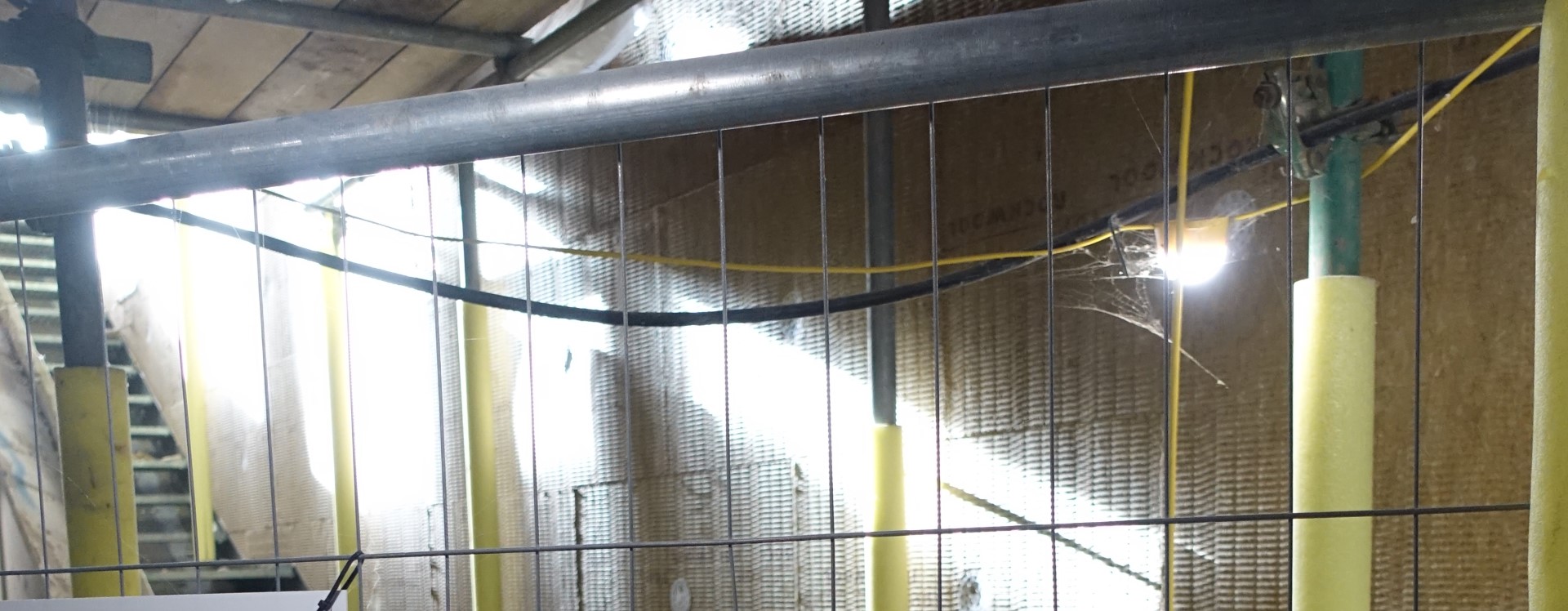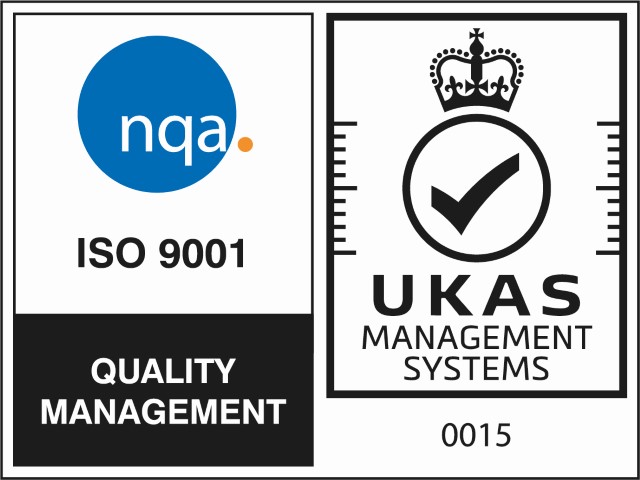Energy Efficiency
Cavity Wall lnsulation
Cavity Wall lnsulation is a method to significantly reduce the amount of energy required to heat your home. In most cases, houses built after the 1920s have cavity external walls. This means that the external wall is constructed in two layers of masonry, such as brick and block, with an air gap in the middle called the ‘cavity’. The cavity can be insulated by drilling holes in the outside wall and injecting insulation material into the cavity from the outside. The average house could reduce heating costs by up to 15% with the installation of cavity wall insulation.
Solid Wall lnsulation
Solid walls lose more heat than cavity walls and they can only be insulated internally or externally as there is not a cavity to fill.
Solid Wall External lnsulation
External insulation can be applied, but will require a weatherproof finish. This can be achieved by installing a decorative weather-proof insulation treatment with an approximate thickness of 50 – 100mm.
Solid Wall Internal lnsulation
Internal insulation can be applied with insulation concealed behind dry-lining plasterboard. The dry-lining, insulation and plasterboard can have an approximate thickness of 100mm.
Loft lnsulation
Loft insulation is an easy and effective method of reducing heat loss from your house. It can provide a reduction of up to 15% on heat loss from a building. Loft insulation can easily be installed by laying insulation quilt in the roof space. The insulation can be installed as a DIY product or by a professional installer.
Floor lnsulation
Timber floors can be insulated by lifting the floorboards and laying insulation material between the floor joists. This can be combined with draught sealing the gaps between floorboards and skirting boards. A note of caution – don’t block airbricks which ventilate the under-floor void as they are needed to stop damp and rot setting into the timber. Draught sealing can be installed as a DIY project, but insulating a suspended floor is likely to require a professional installer.
Draught Proofing
Draught proofing is a simple method of reducing the amount of cold air entering a property. Areas for draught proofing include: windows, doors, letterboxes and loft hatches. It is important to remember that adequate ventilation is essential for boilers, solid fuel and gas fires. It can be dangerous to remove ventilation for fuel burning appliances and specialist advice should be sought before sealing ventilation in a room containing a fuel burning appliance.
Tank and Pipe Insulation
Insulating your hot water cylinder is a simple and effective way of reducing your water heating costs. Modern cylinders are ‘factory fitted’ with foam insulation. Older cylinders can be upgraded with insulation jackets designed to fit around the cylinder. The jacket thickness should be at least 75mm. Pipes can be insulated with pre-formed foam tubes. Primary pipes carrying hot water should be insulated to reduce heat loss. Cylinder and pipe insulation are easy DIY projects.
Glazing
Installing double glazing can cut heat loss through windows by half. Double glazing works by trapping air between two sheets of glass creating an insulating barrier. Fitting double glazing is a professional job and can be expensive. Fitting secondary glazing is less expensive and can cut heat loss and draughts from ill fitting windows.
Condensing Boiler
Boilers work by recovering as much heat as possible from the flue, which is normally wasted by conventional boilers. High Efficiency Condensing Boilers can be 90% efficient whereas an average conventional boiler is 78% efficient. If your boiler is 10 to 15 years old, it probably isn’t very efficient. Replacing your boiler with a High Efficiency Condensing Boiler could save up to a third on your heating bills. By law, all new gas boilers fitted in England, Wales and Scotland must now be High Efficiency Condensing Boilers.
Heating Controls
A properly controlled system will enable the heating and hot water to be used more efficiently. A properly controlled system should have:
- A programmer – to control on and off times for heating and hot water.
- A room thermostat – to provide main temperature control.
- A cylinder thermostat – to control the temperature of the hot water.
- Thermostatic Radiator Valves (TRVs) – to control temperature in individual rooms.
Energy Saving Light Bulbs
Energy saving light bulbs use 80% less electricity than standard bulbs.
The bulbs now come in all shapes and sizes and can fit most standard light fittings.
Standard Bulb Energy Saving Equivalent
25W 6W
40W 8 – 11W
60W 13 – 18W
l00W 20 – 25W
Solar Power
Photovoltaic Systems (PV) – The system uses cells to convert solar radiation from the sun into electricity. The average home could generate 50 – 60% of the power needed to supply it’s electricity – providing it is used efficiently and the property has enough south facing roof. The power can be used or linked back into the power grid.
Solar Hot Water Systems
The system uses solar power to pre-heat water for your hot water or space heating requirements. There are two types of solar thermal system, solar tubes or solar flat panels. The system can save up 50% of your hot water needs.
Solar Air Systems
The system heats incoming fresh air for ventilation in a house. The system can also use mechanical extraction units to provide warmer air to colder parts of a house. Solar air systems can help warm a house, reduce dampness and improve air quality.
Wind Power
Modern wind turbines contain rotors and blades, driven by the wind, which turn a shaft. The rotating shaft generates electricity using a generator. Smaller domestic models are now available. The greater the wind speed, the more power is produced. Wind turbines are generally mounted on masts as wind speed increases with height.
Heat Pumps
Heat pumps collect heat from the ground. A few metres below the ground the temperature is a constant 12 degrees C. The heat is converted and transferred to the building, usually via radiators or under-floor heating. For a successful system, a large enough area is required outside to lay a ground loop to collect the heat.
For Further Information
The Energy Saving Trust can offer additional impartial advice including how to contact an Energy Efficiency Installer or Energy Efficiency Advice Centres. The Energy Saving Trust is a non-profit organisation, funded both by government and private sector. Call 0800 512012 or visit www.energysavingtrust.org.uk
Or contact us for more information:
info@allcottassociates.co.uk | 0333 200 7198












